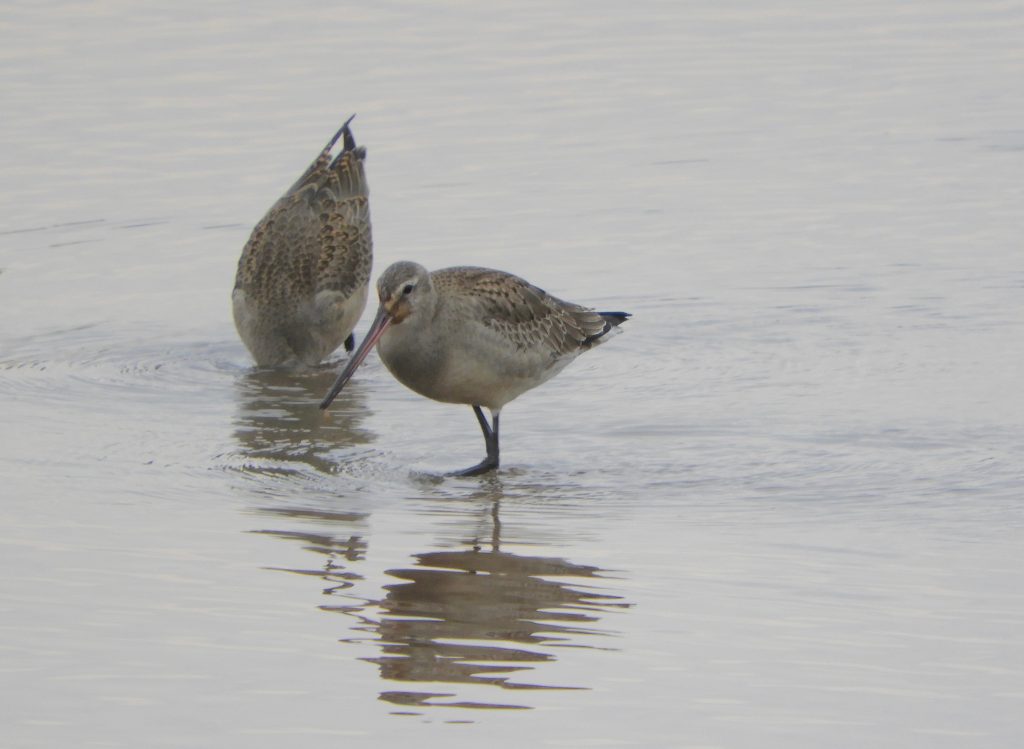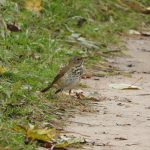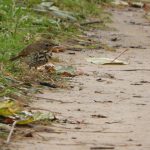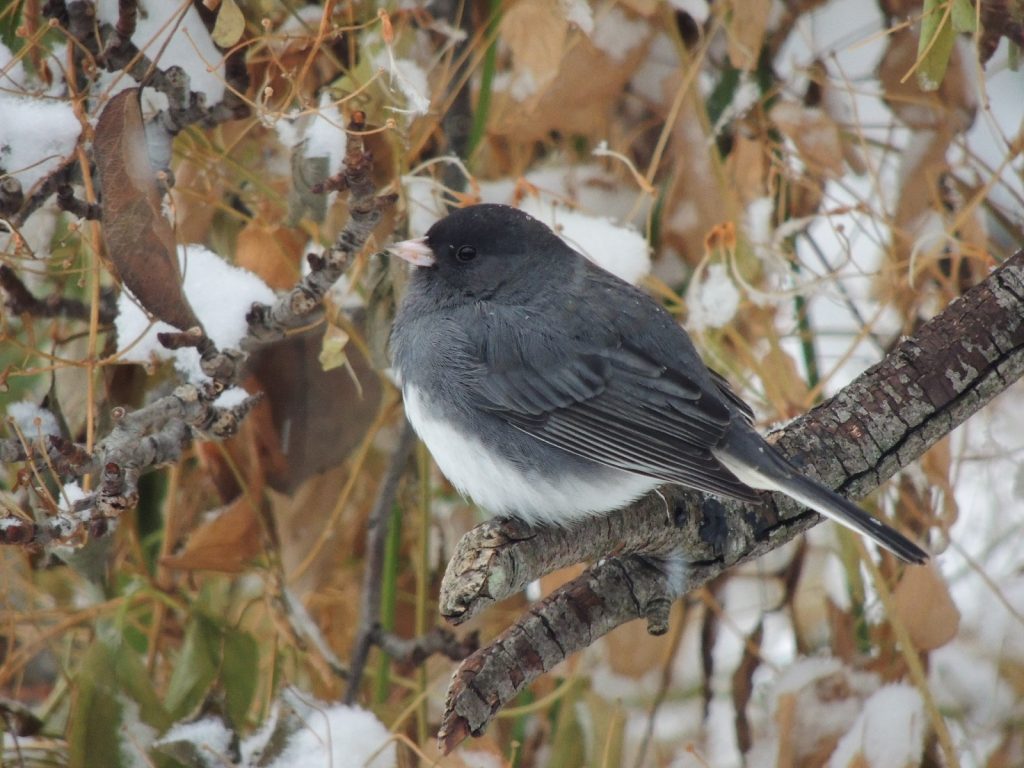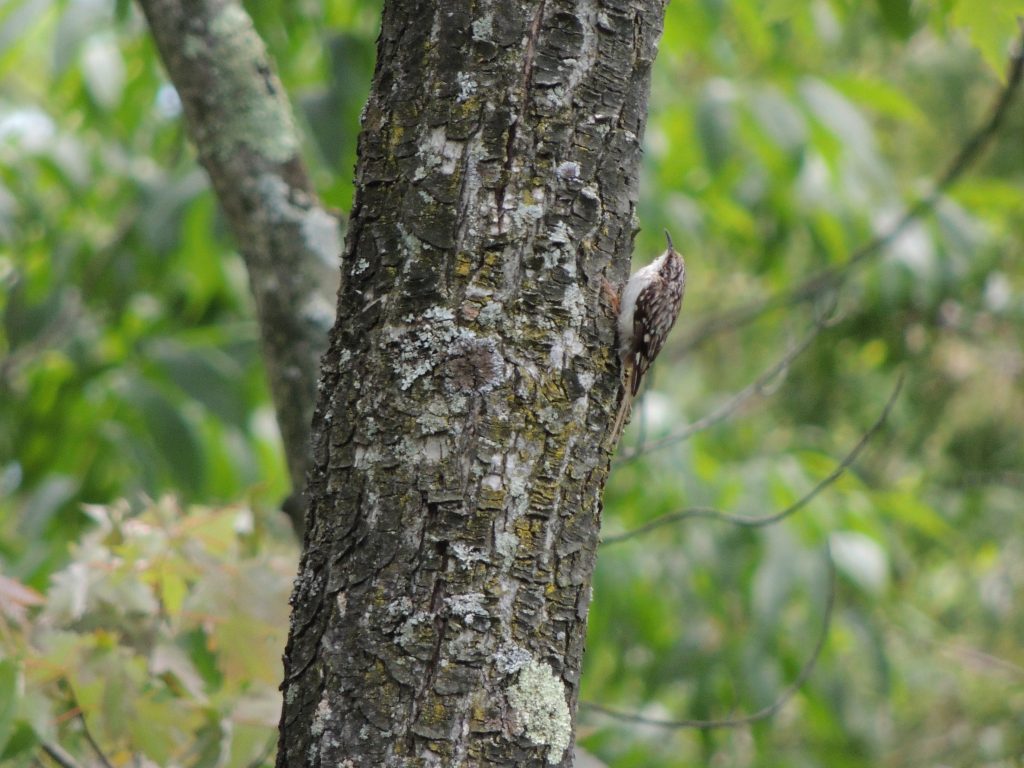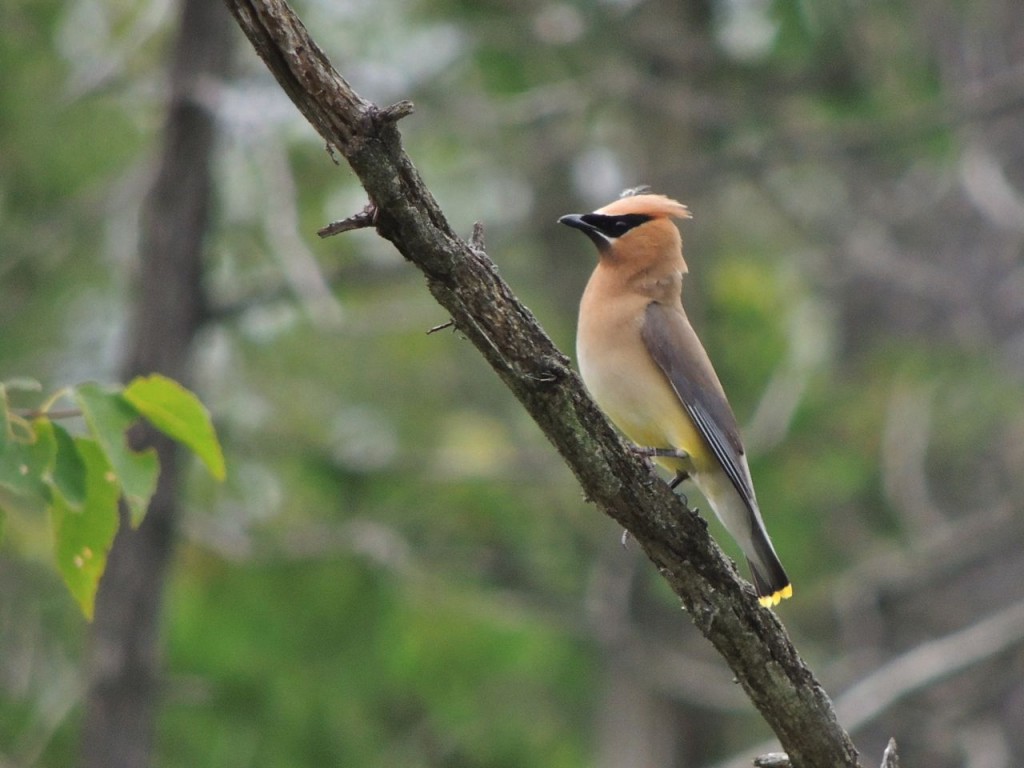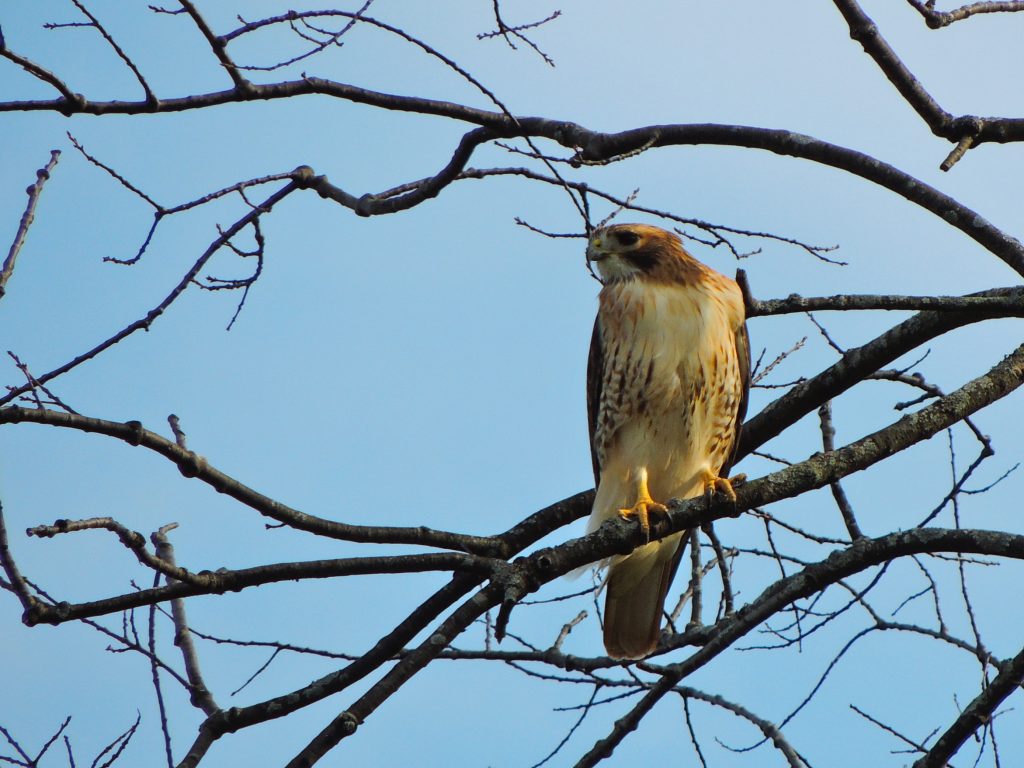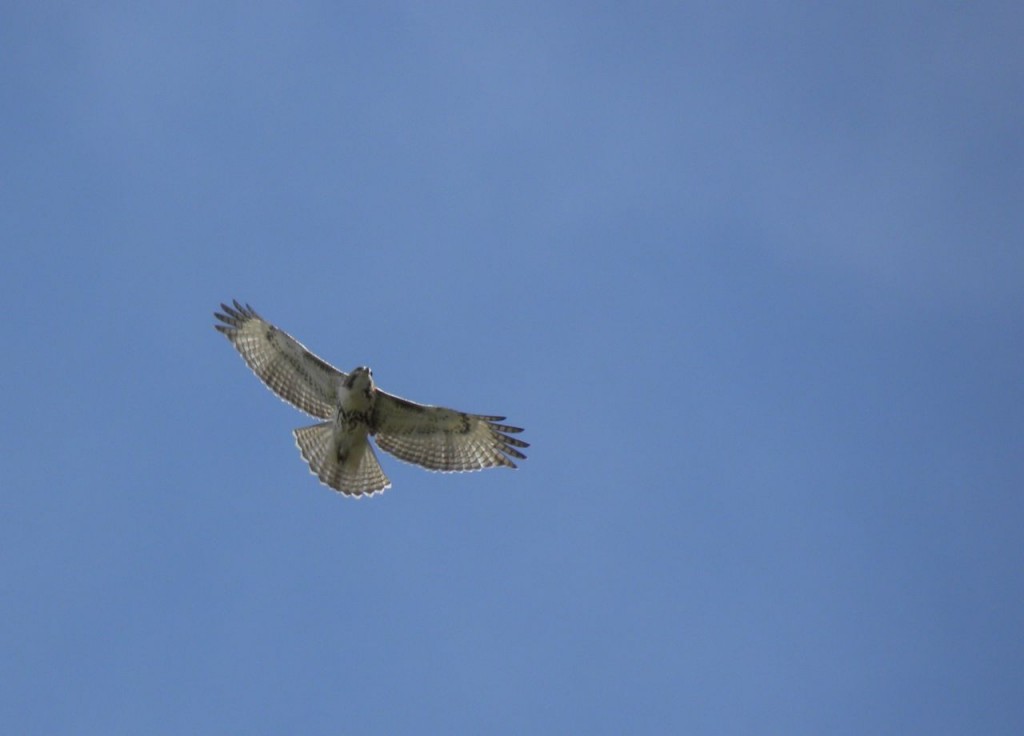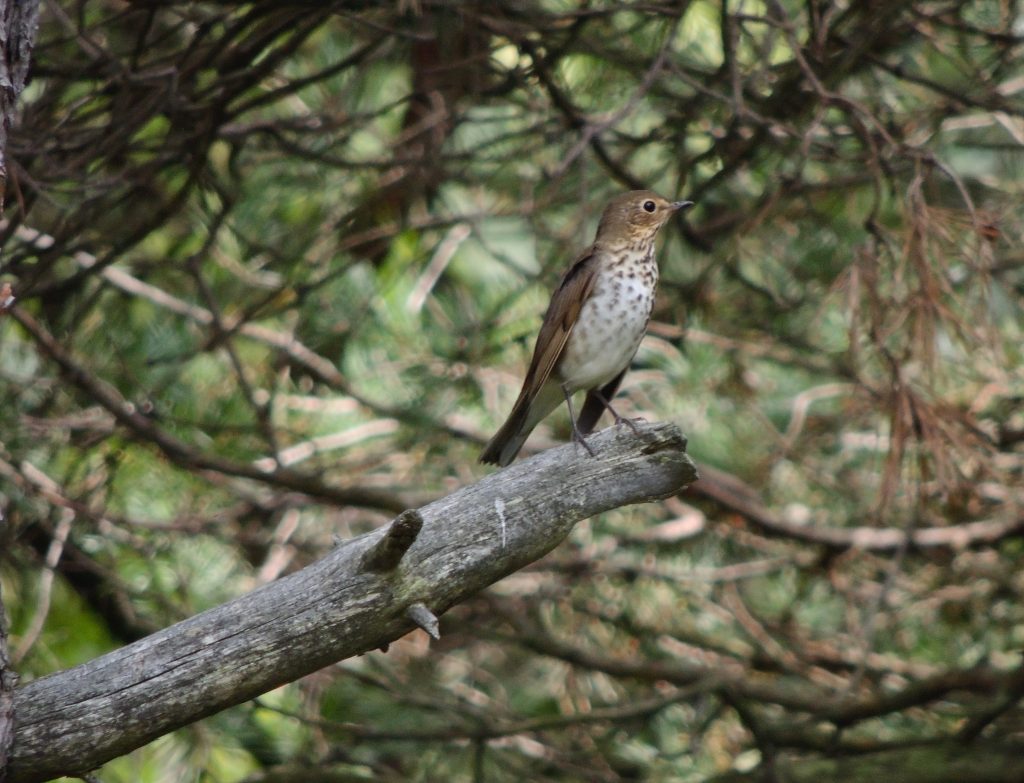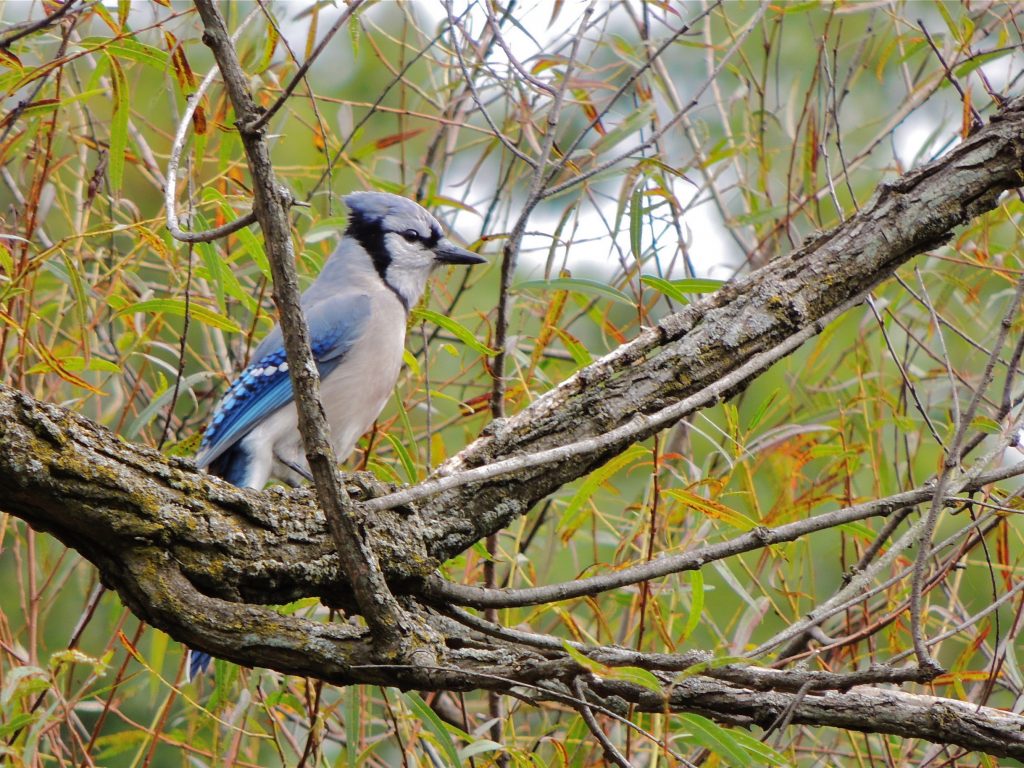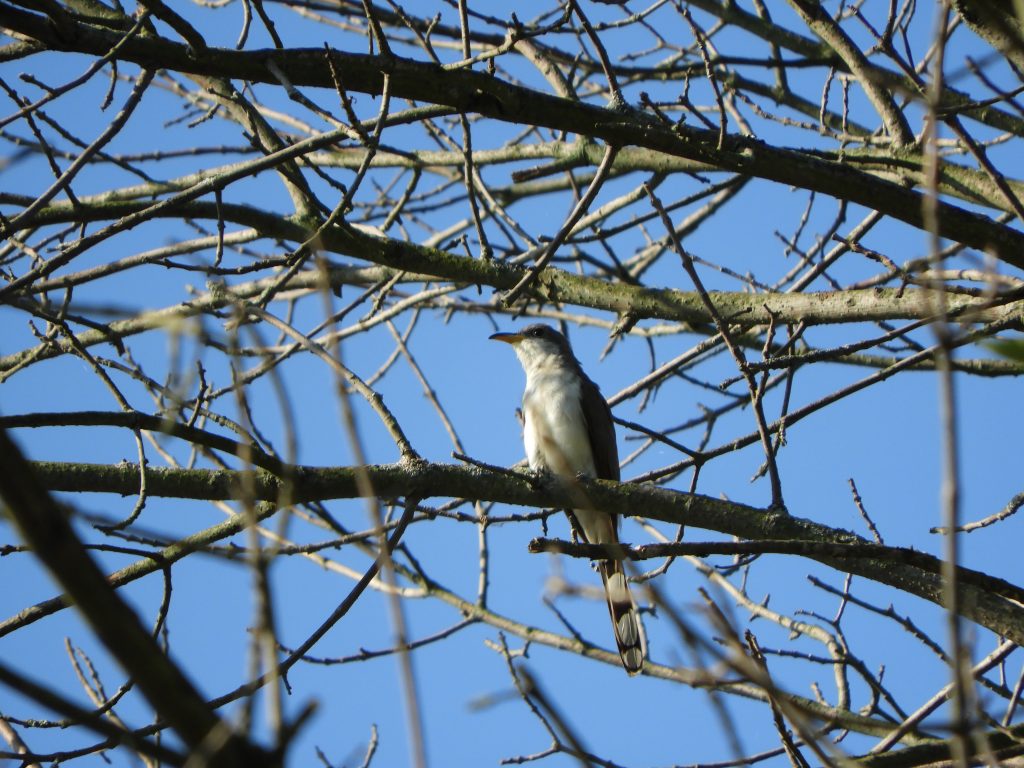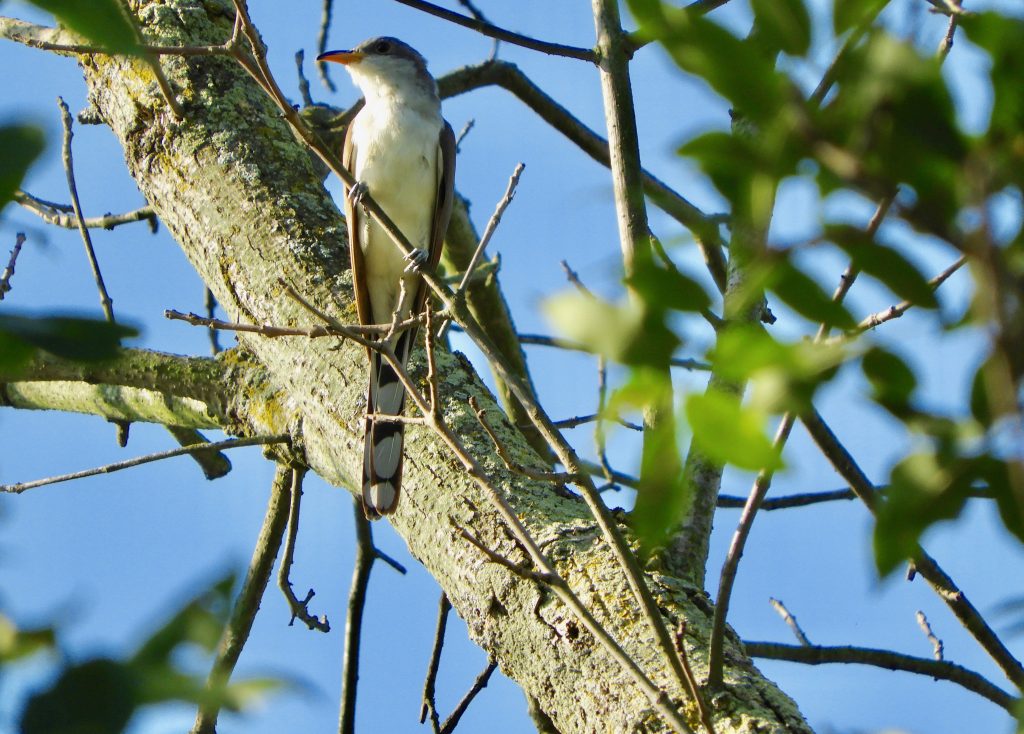October 26 2018, Valley Inn, RBG, Burlington, ON. I spent the morning with a companion, quite a big chunk of it, on a transect survey of this open estuary valley. It was a rewarding two hours notwithstanding that the majority of migrants seem to have left us to our own devices for the winter ahead. But there was enough to reward our efforts including this Winter Wren chattering concern at something invisible, or perhaps it was us.
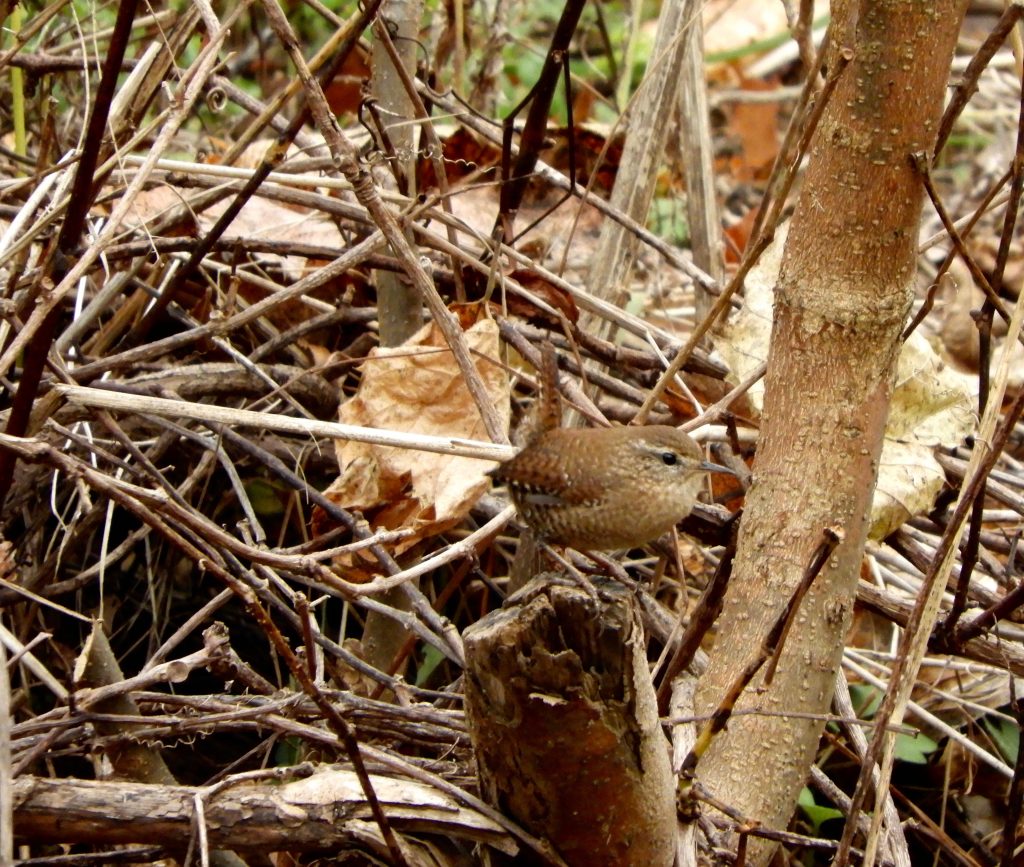
A Hermit Thrush on the path ahead of us was working hard at rendering a spiky caterpillar edible perhaps by stripping off the bristly hairs or to somehow work it out of its spiky coat. The lesson to take away is to never assume that something edible wants to be eaten. Herons sometimes work at making a fish swallowable, flipping and wrestling it until the spiky structure of the dorsal fin slides happily down its long neck. Most birds manage to take their food as it comes and to just gulp things down, there are benefits to being a seed-eater I suppose.
Our Bird of the Day came after our transect survey when we went down to see a group of Hudsonian Godwits feeding on the mudflats further down the valley. I’d never seen this species before and didn’t really appreciate what a privilege it was to spend time with them. They’re nice birds, tall waders with long up-turned bills that probe squishy mud for wriggly food. Setting aside their rarity around here, it’s the story of their migration that makes them truly remarkable.
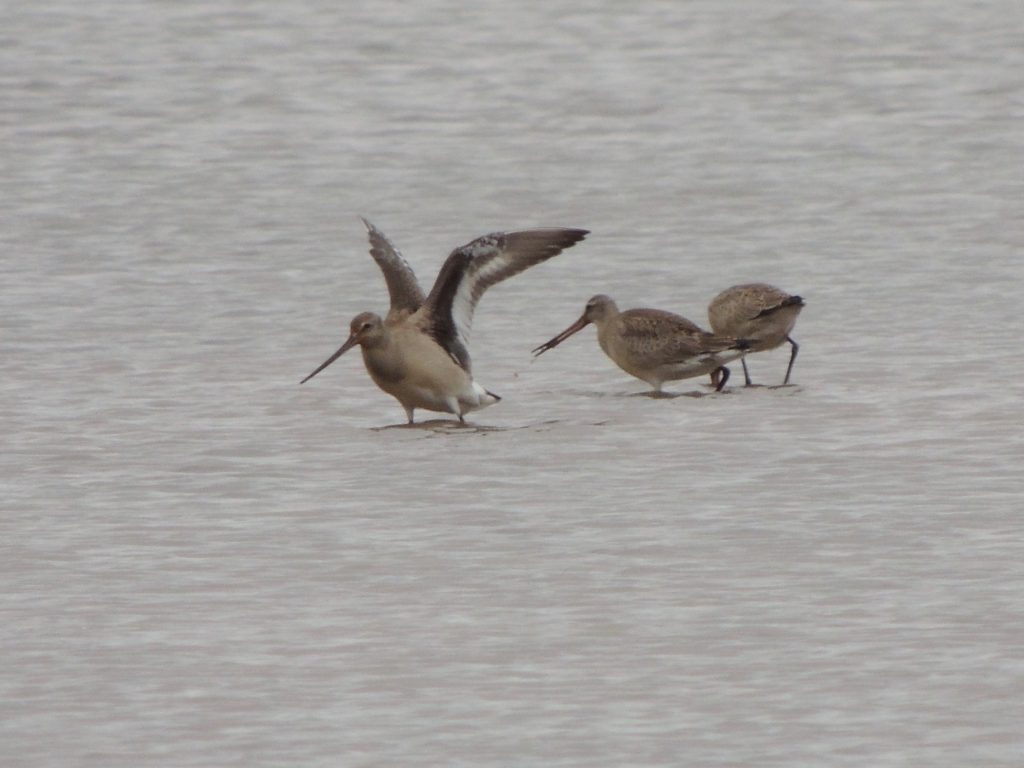
It is tempting to accept the idea they are way off course in their southbound migration; this may not be entirely true; some of the best authorities acknowledge that there is much to be learned about them and their distribution. They’re known to breed along shorelines in the high latitudes between Alaska and the shores of Hudson Bay and to spend our winter in the southern latitudes of Chile and Argentina. We know that godwit species (there are several) are capable of really long-haul, almost non-stop, migrations from their Arctic breeding grounds to deep in the southern hemisphere. In the case of Hudsonian Godwits well, maybe they have always passed high overhead without stopping. It’s possible too that something has changed, perhaps an historic food source has dwindled, or quite conceivably, there are more birders around with better equipment. I quote from Cornell Lab of Ornithology’s Birds of North America, “Flight range estimates ranged from 4,900 to 6,700 km … indicating that at least some individuals can manage a nonstop flight to South America.”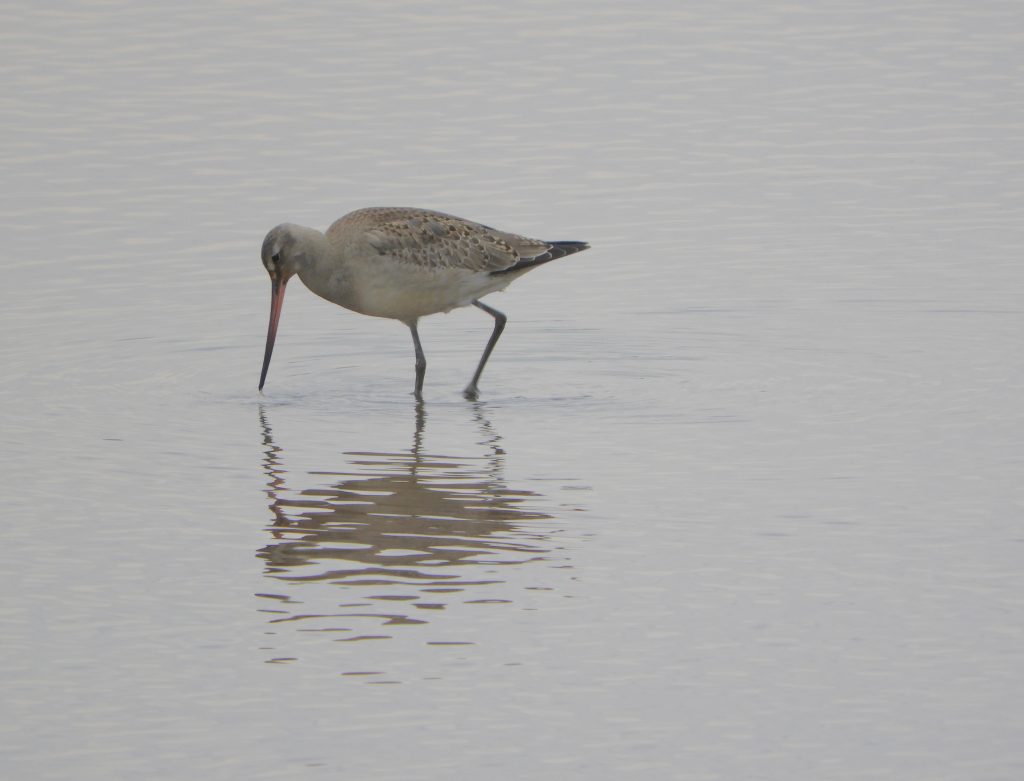
Whatever the reason, this is the second year that this species has shown up here. Last year there was just one, much celebrated, individual seen not far from today’s birds; perhaps it has found a stop-over worth sharing with its mate and brood.